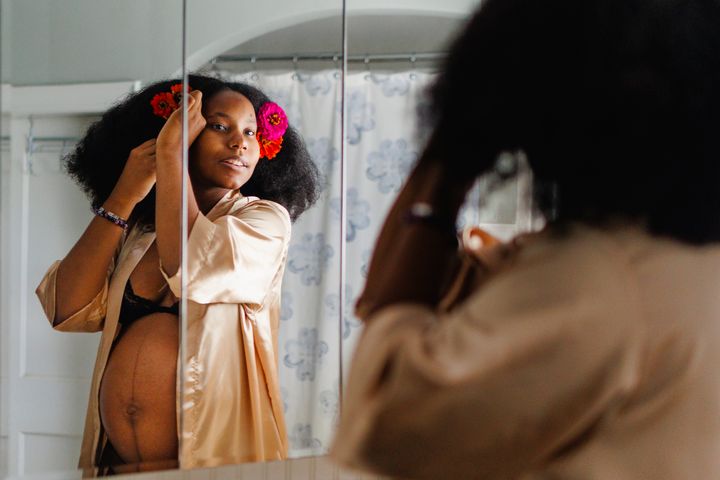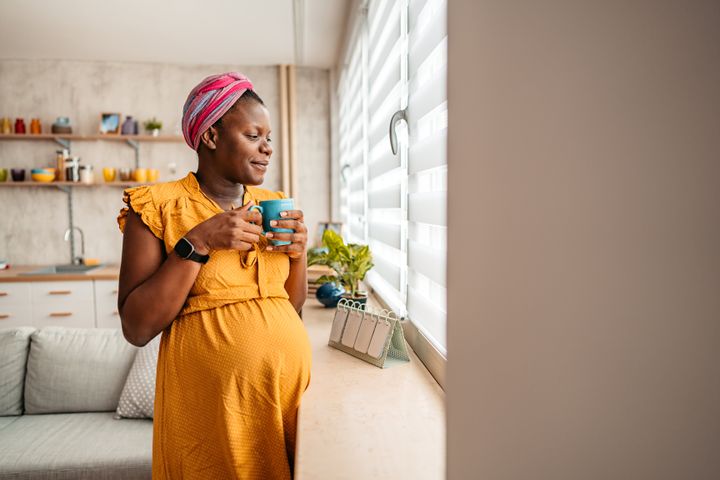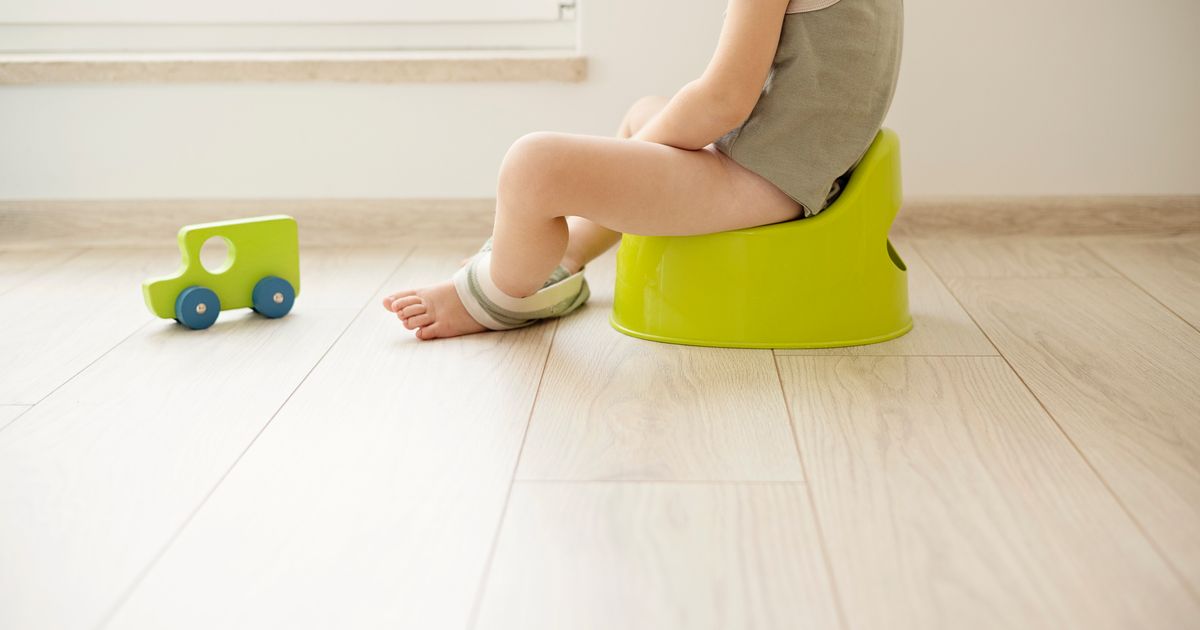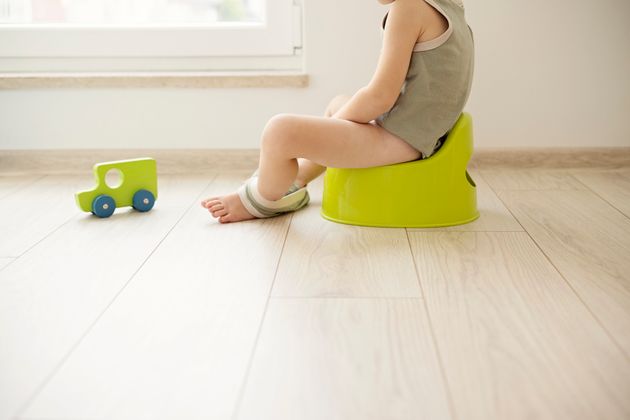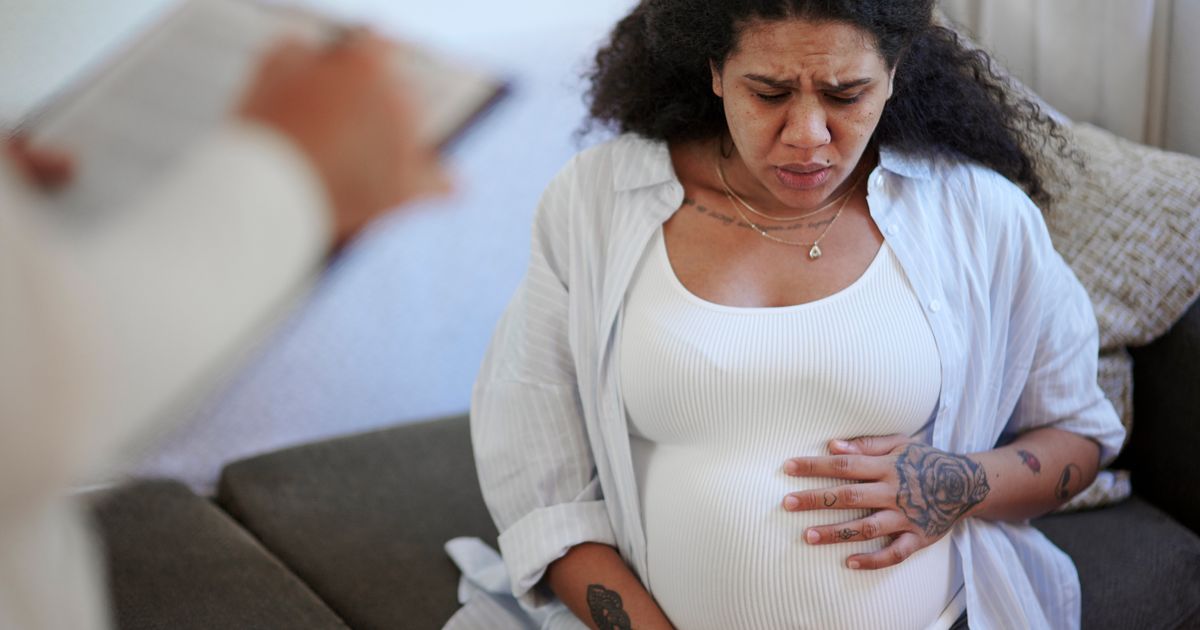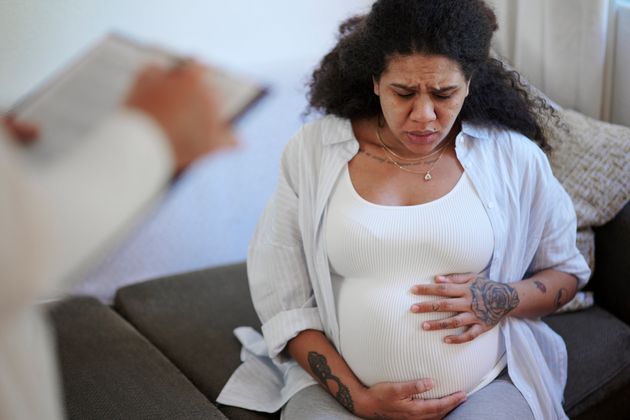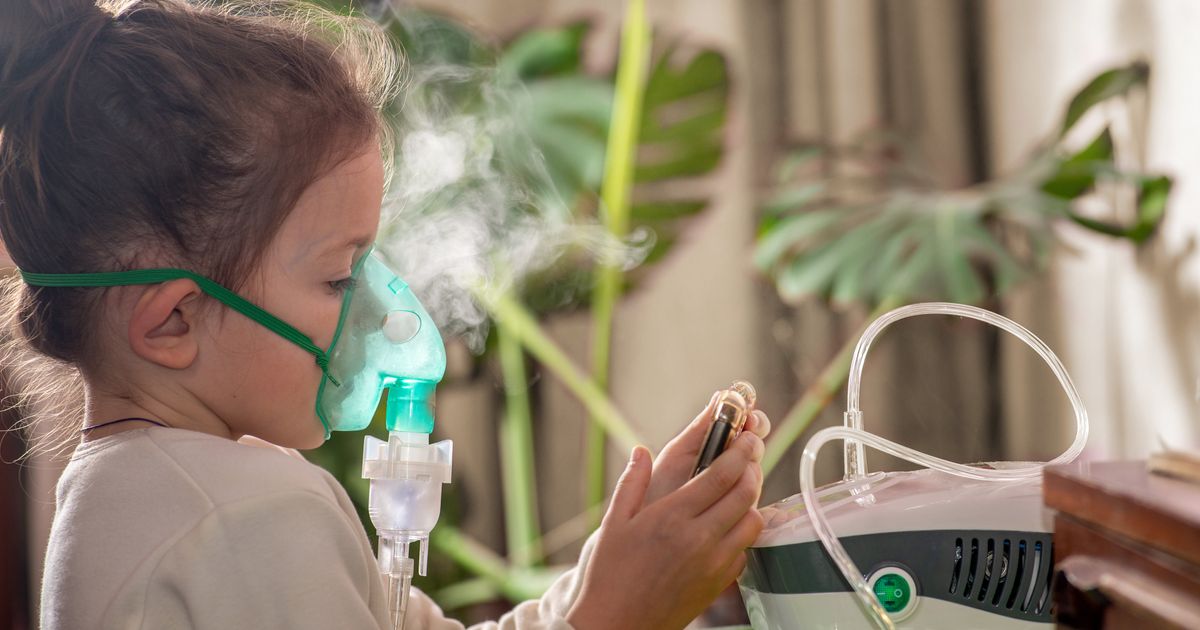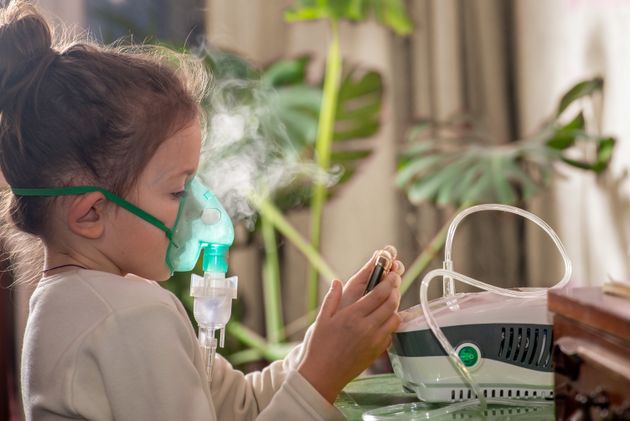The reality is though that we need to talk about pronouns. So we might as well be sensible about it.
More and more young people are challenging the concept of gender binary, according to family psychotherapist Fiona Yassin. The therapist has seen “a big increase” in the number of young people pausing and assessing their identity.
In fact, the founder and clinical director of The Wave Clinic, tells HuffPost UK around 60% of children and young people who are treated at the clinic request their pronouns are changed from the ones they were assigned at birth.
And in some cases, these children are pre-teens, which can catch parents off-guard.
“At The Wave Clinic, we’re specifically noticing that gender identity and pronouns are being debated by younger children at the ages of around 10-11,” she says.
“Questions of identity: ‘who am I?’ and ‘who do I want to be?’ are very strongly linked to the developing sense of self.”
Pronouns are words we use in everyday language to refer to ourselves or others, according to Stonewall, and they can be an important way for people to express their gender identity. Some commonly used pronouns are she/her, he/him and they/them.
“Whilst conversations around pronouns and identity have become commonplace amongst children, tweens and teens, the topic is unfamiliar to many parents and carers and they may not necessarily feel equipped with an understanding of, or language to talk about, pronouns and gender identity,” Yassin says.
With that in mind, here’s her advice for parents and carers on how to approach a conversation with a young person who would like to change their pronouns.
1. Stay with the information you’re presented with and avoid jumping ahead
“When a young person tells a parent that they are thinking of – or would like to – change their pronouns, parents often become alarmed that there’s also going to be a change in sexuality,” says Yassin.
And although the two can (and do sometimes) go together, it’s important for parents – and indeed, everyone – to understand that gender identity and sexuality are two different things.
She describes instances where young people have started a conversation about pronouns and have then been pressed by parents on whether they’re gay.
“This often happens because parents feel fearful about the transition their young person is wanting to make. In reality, there are many stages to transitioning and all require gentle communication,” she explains.
So, her key advice is to stay with the information you’ve been given, avoid jumping to conclusions and steer away from questioning your child about their sexuality.
2. Respond in an age appropriate way
If you have an 11-year-old talking to you about changing their pronouns, “it would be inappropriate to dive into a more extreme conversation, for example about surgical or hormonal changes,” says Yassin.
“If the conversation does evolve into this then it’s okay to explore this further. But it’s important to meet them where they are at and not get ahead,” she adds.
3. Be curious and actively listen
The charity Mermaids, which supports trans and gender diverse children and their families, says one of the key things they encourage parents or carers to do is to really listen to their child.
This means hearing and respecting what they are saying, giving them time and space to explore these feelings and what they mean for them as individuals, and taking their young person’s lead, says a charity spokesperson.
One of the most important things parents can do is to be curious, agrees Yassin.
“Without being persecutory or pushy, use this as an opportunity to find out what they are considering around their identity and why, and what different pronouns mean to them,” she suggests.
“Exploring this with your young person can be a beautiful moment – it’s likely that you are both navigating this for the first time. As a parent, you are not there to assert judgement or to share your opinion – acknowledge that your child’s feelings, emotions, thoughts, experiences and viewpoints on the world are likely different to yours.”
4. Set time aside to have a conversation where you won’t be interrupted
If you’re not able to listen properly – for example, it’s during the morning school rush or late at night – you need to gently defer the conversation for a time when you can do so.
Yassin advises parents to “acknowledge you’ve heard your young person and set a time aside when you know you can explore this together”.
So, you could say something like: “Thank you for sharing this with me. I really would like to hear about what you’re experiencing and find out more about your views and opinions on this. Let’s sit down together as a family when we get home and explore this together.”
5. Only invite people into the conversation who you know are open and understanding
If there’s someone in your family who you think will react badly or simply won’t be emotionally available or open to the conversation, it’s worth letting them sit this one out.
“It is better to have the conversation and explore this with your young person without someone who is tricky and has less flexible attitudes,” says the therapist.
“If you need to tell friends or family members who have staunch or more traditional views about your child’s change of pronouns, look to have these conversations without your child’s involvement. This helps to protect your young person from volatile and unhelpful reactions.”
6. Be careful about your choice of words
In the heat of the moment, and without the appropriate warning, you might say something you regret – or that comes out wrong.
Yassin urges parents to tread carefully here, as you don’t want to use any words that could minimise their experience.
“Fluidity is everything in these conversations and defining your young person by using words such as ‘queer’, ‘bisexual’ and ‘heterosexual’, may make them feel boxed-in or marginalised,” she says.
“In addition, some parents can get stuck on the notion that ‘they/them’ pronouns do not sound right or fit snugly into the English language. Avoid using language and phrases that can feel shaming and marginalising, such as, ‘it’s not natural to use they/them’.”
Some parents might also assume their child is following a trend or is in a phase when they decide they want to change pronouns.
As Yassin says: “We hear many parents ask ‘who else in your class/school has changed their pronoun’ or ‘who amongst your friends has done this already’. This line of questioning can feel disempowering and minimising to a young person and could cause quite an angry backlash.”
Plus, research is showing that the majority of children over the last decade or so who have changed their gender pronouns do stick with their decision.
7. Steer clear of shame-inducing language
Don’t shame your child for wanting to change their pronouns. The therapist suggests doing so could “cause harm to a generation of children who, because their parents are not accepting or retaining curiosity, shut down or hide parts of themselves”.
“Young people in the early years of identity development are experimenting and trying things out for size and it’s important that as parents, we encourage our young people to be curious and experiment,” she adds.
8. It’s okay to say you don’t know
If your child is asking questions and you don’t know the answers, it’s OK to admit that.
“Ask your young person if you can join them on their journey of discovery and learn and research together,” suggests the therapist.
“Assume that if your child comes to you with the conversation, it’s likely they have already done a lot of research online and are talking to people who are in the same position as them. Exploring this together can also help to sieve out misinformation and find trusted resources for support.”
9. Accept that you might make mistakes
Chances are you’ll probably make some mistakes along the way, like using the wrong language or stumbling on their pronouns.
“The reality is, we are all human and despite having best-intentions, you may not get it right 100% of the time,” says Yassin.
“Mark this at the outset and talk to your young person about what will happen if you use the wrong name or pronoun. Being open and honest upfront can help to avoid the issue escalating if mistakes are made.”
Mermaid’s spokesperson says some families don’t use any pronouns for a while, to help make the switch, or they have a pronoun jar (a little bit like a swear jar) where they pay up if they make a mistake.
“Acknowledging that getting someone’s pronouns wrong was a mistake and may have caused upset to them, so apologising and correcting yourself is important too,” they add.
10. Consult a gender positive therapist
If a child is considering changing their pronouns, you might also want to seek outside help to ensure they feel supported during this period of change. Mermaids’ helpline, for instance, provides support to parents and carers during this period.
“For some, the change can bring hefty conflict into the family and for some cultures this shift will be very difficult to accept,” says Yassin.
“Parents should happily consult a therapist, particularly a gender affirming and gender positive therapist, who can help to facilitate a conversation with the family about what’s happening and why it might be happening.
“Having professional support can help to avoid fragments and tension appearing within the family.”




